Gifts of a Magician: Bamboo and Cane crafts of Nagaland
Kevin Wilson
December 17, 2020

Among the people of the Ao tribe of the Mokokchung district of Nagaland, it was said that there once lived a magician called Changkichanglangba. He was married to the daughter of the god Lichiba. With the intention of testing his skills, Lichiba would often put his son-in-law through many trials. Once convinced that he was a powerful magician, Lichiba plotted to have him killed. When news of Changkichanlangba reached the Ahom king of Assam, he was sent for and they too put him to the test eventually wounding him. As his powers declined, he hid himself in the crevice of a tree and then flew up to sky becoming the pole star. While this is a well known version of the tale, there is another one where it is believed that Changkichanglangba spent his last days among the Ao people. He gave them instructions that he would leave them with a gift if they opened his grave on the 6th day after his death. The people followed his instructions and on the 6th day when they opened his grave they found a treasure trove of basketry made of bamboo and cane! The people distributed it amongst themselves learning the structure and weaves to be used for generations to come.
Considering they are readily available and grow quickly and abundantly in the wild, cane and bamboo weaving form an intrinsic part of daily life in Nagaland. While it is used for making winnowing trays and little baskets for carrying eggs and small livestock, it is also used in larger architectural features like bridges, even being woven into large sheets to form walls and partitions.

Construction of a bamboo wall
In some tribes weaving of bamboo and cane even takes on a ritualistic status, often being said that the people are surrounded by bamboo from “cradle to grave”. Most tribes weave large mats or coffins to bury their dead. Ornaments, helmets and shields are often made of dyed and woven cane and bamboo. For instance around the age of 16 years, young men of some tribes such as the Angamis begin to wear dyed cane woven into arm cuffs and leggings that start below the knee and end above their ankles. When these men get married they go on to weave large conical baskets called “Khophi” as a symbol of their commitment for their new brides.
Traditionally the craft was performed by the older men of the family using the “dao”, a machete like knife that is carried by most. Once the bamboo is flattened and stripped, it is dyed using naturally available dyes and woven. It is then fired or scorched to burn off any excess strands and fibres. Today when performed as a handicraft for external markets, it is done by both men and women. Bamboo is now grown in their immediate surroundings for ease of access while they prefer to collect cane from the forests, with cane being reserved for providing structure such as in furniture. Bamboo and cane weaving is one of those crafts that thrives sustainable simply due to its practicality in daily life even if it is to make a small pouch to pack your lunch.

Shop our Gifts from Nagaland
References:
1. “ Elwin Verrier, “The Nagas in the Nineteenth century”, 1969
2. “Bamboo and Cane Culture of Nagaland”,Indira Gandhi National Centre for the Arts
3. “ Changkija, S. “An Ethnobotanical Folktale of the Ao Naga in India” Asian Folklore Studies (1994) 53(2), 255-238
Note: Images of the construction of the bamboo wall is from Wikimedia commons






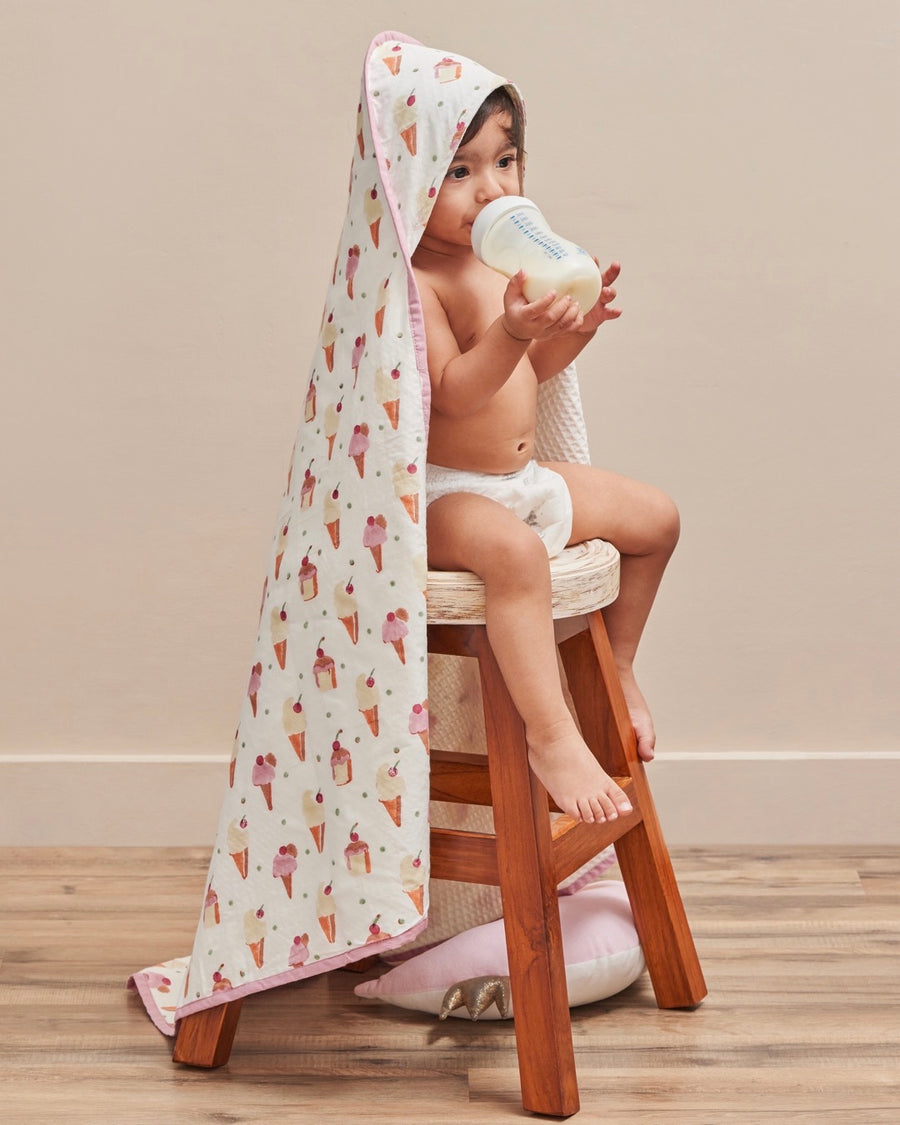
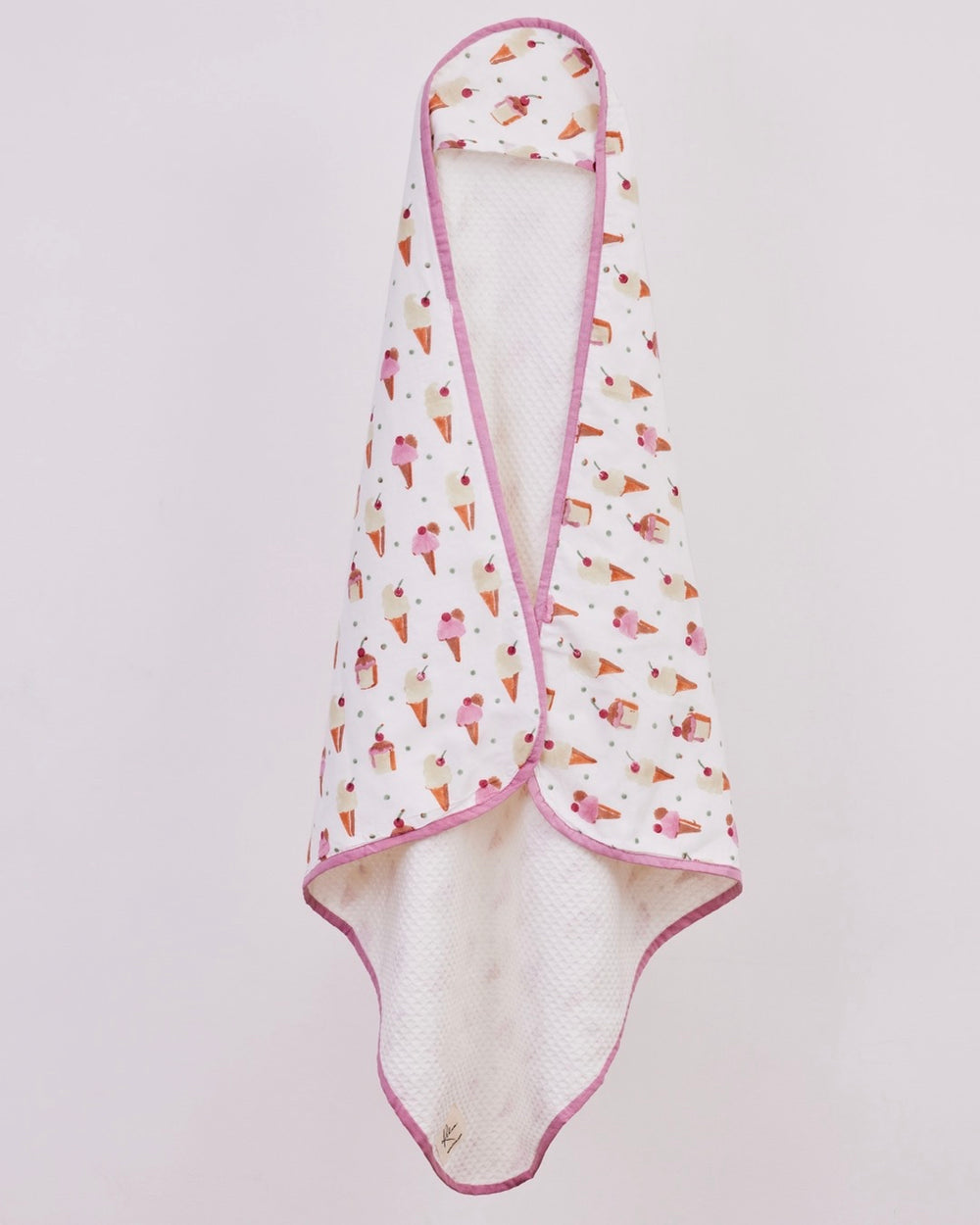

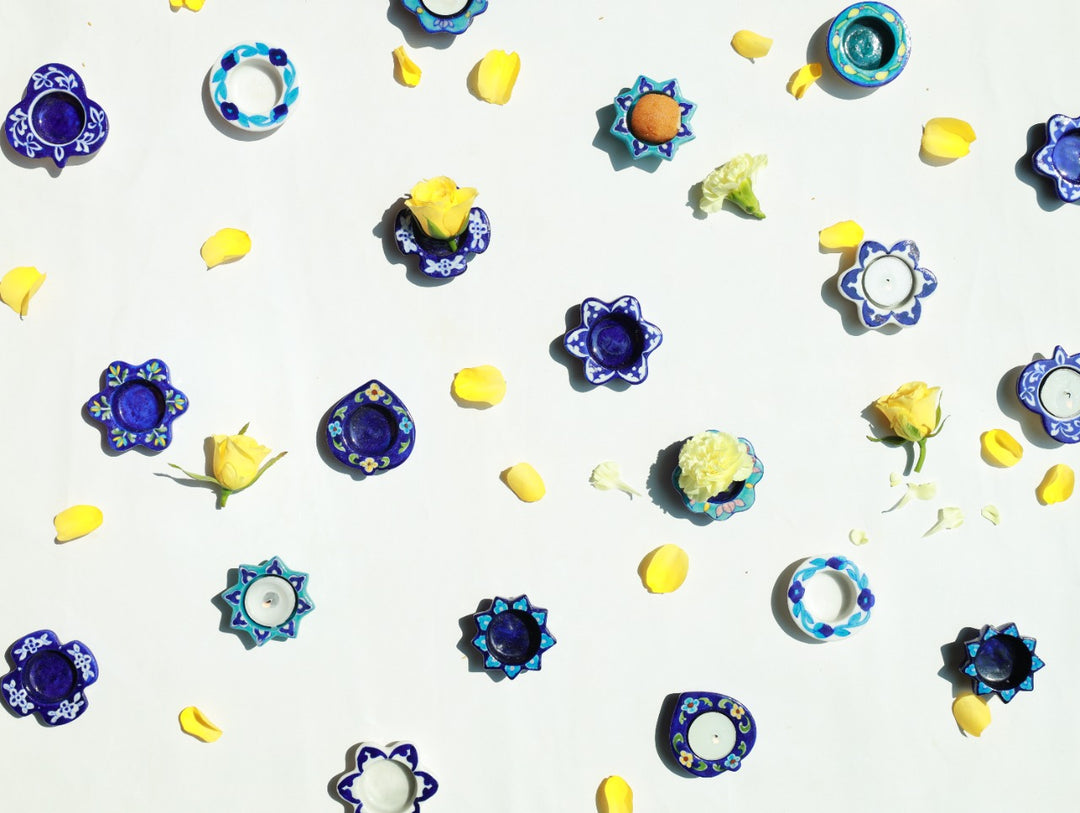
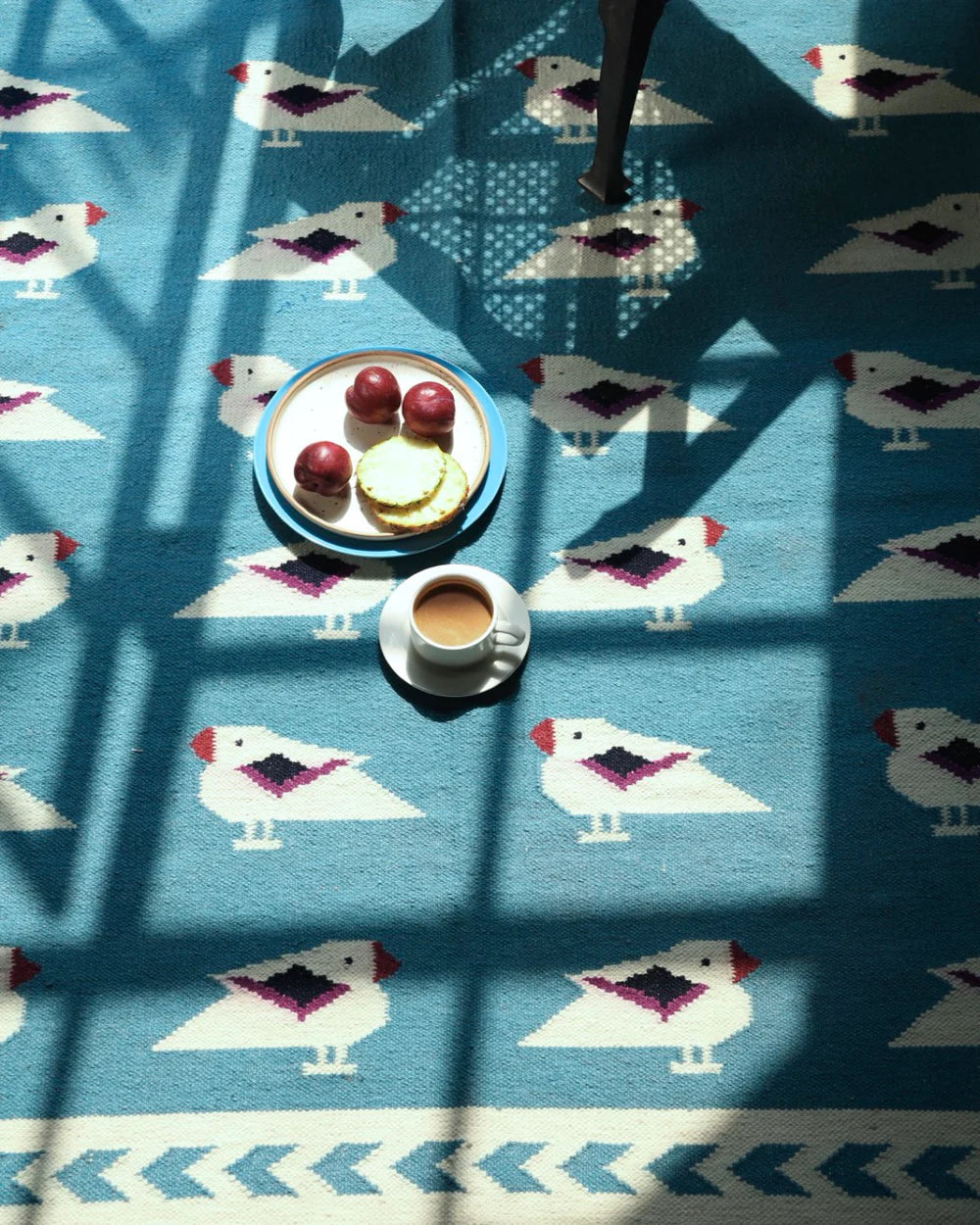
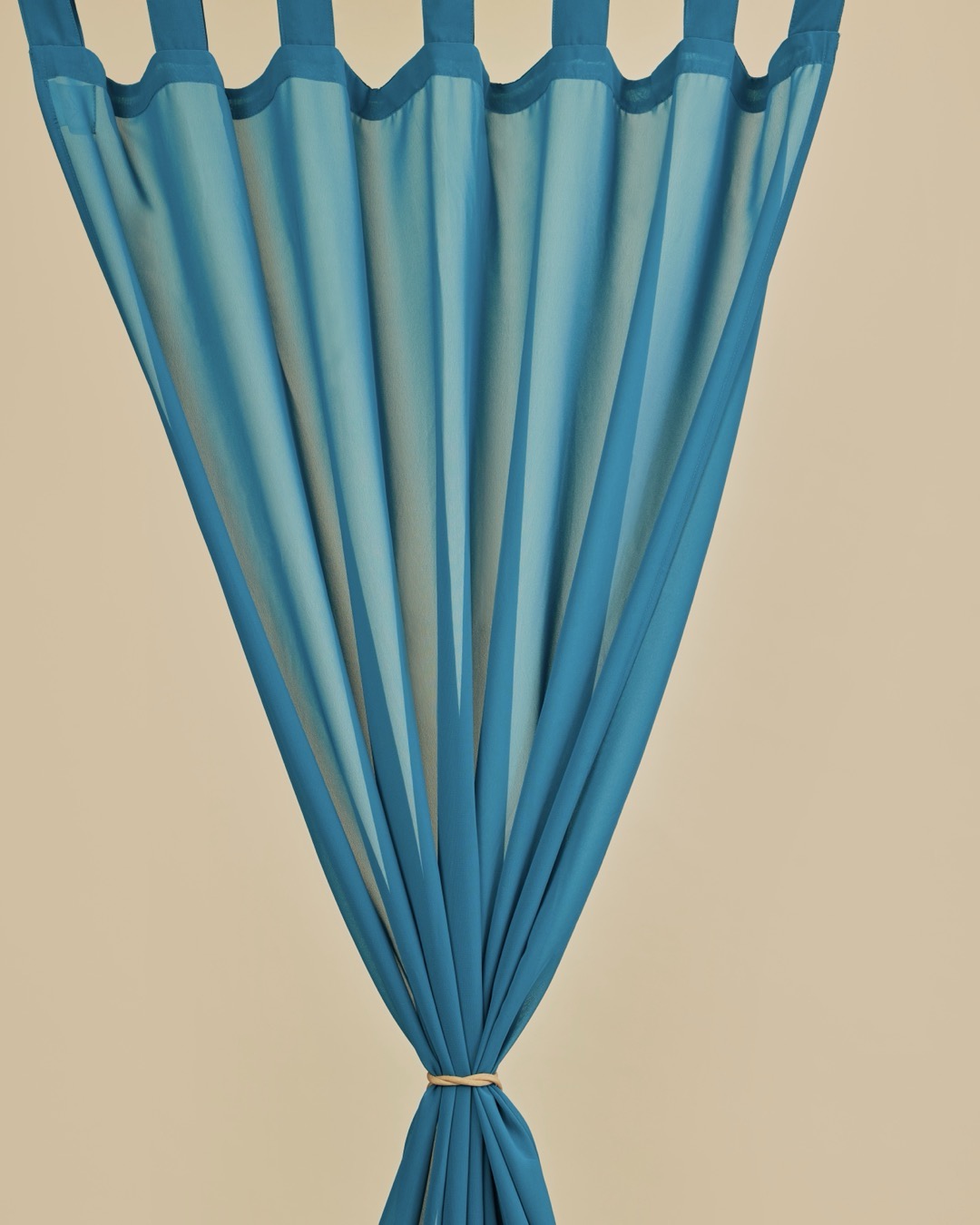
Leave a comment